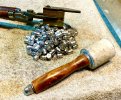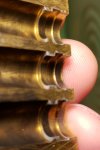CWLONGSHOT
Well-Known Member
I have been thinking I needed a Lyman Devastator for a long time. Never bought.
I was gifted a couple LEE molds & castin' this aftnoon with one got me ta thinking. I have wanted to try that dandy little LEE 452-200-FN.
Quick look here & there found a 2 cav Kinda wanted a 6 cav.
Looking more found a nice NOE 2 cav FN-HP mold. Checking NOE its outta stock this is a brand new price but looks good & is brass complete. SO... I have a Night Owl 453-200FN-HP mold headed my way!!
Im thinking will be everything the 200/LEE woulda plus a nice big HP that that DEVASTATOR woulda in a 2 cav.
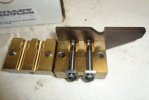
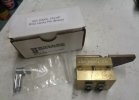
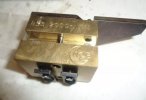
CW
I was gifted a couple LEE molds & castin' this aftnoon with one got me ta thinking. I have wanted to try that dandy little LEE 452-200-FN.
Quick look here & there found a 2 cav Kinda wanted a 6 cav.
Looking more found a nice NOE 2 cav FN-HP mold. Checking NOE its outta stock this is a brand new price but looks good & is brass complete. SO... I have a Night Owl 453-200FN-HP mold headed my way!!
Im thinking will be everything the 200/LEE woulda plus a nice big HP that that DEVASTATOR woulda in a 2 cav.



CW

